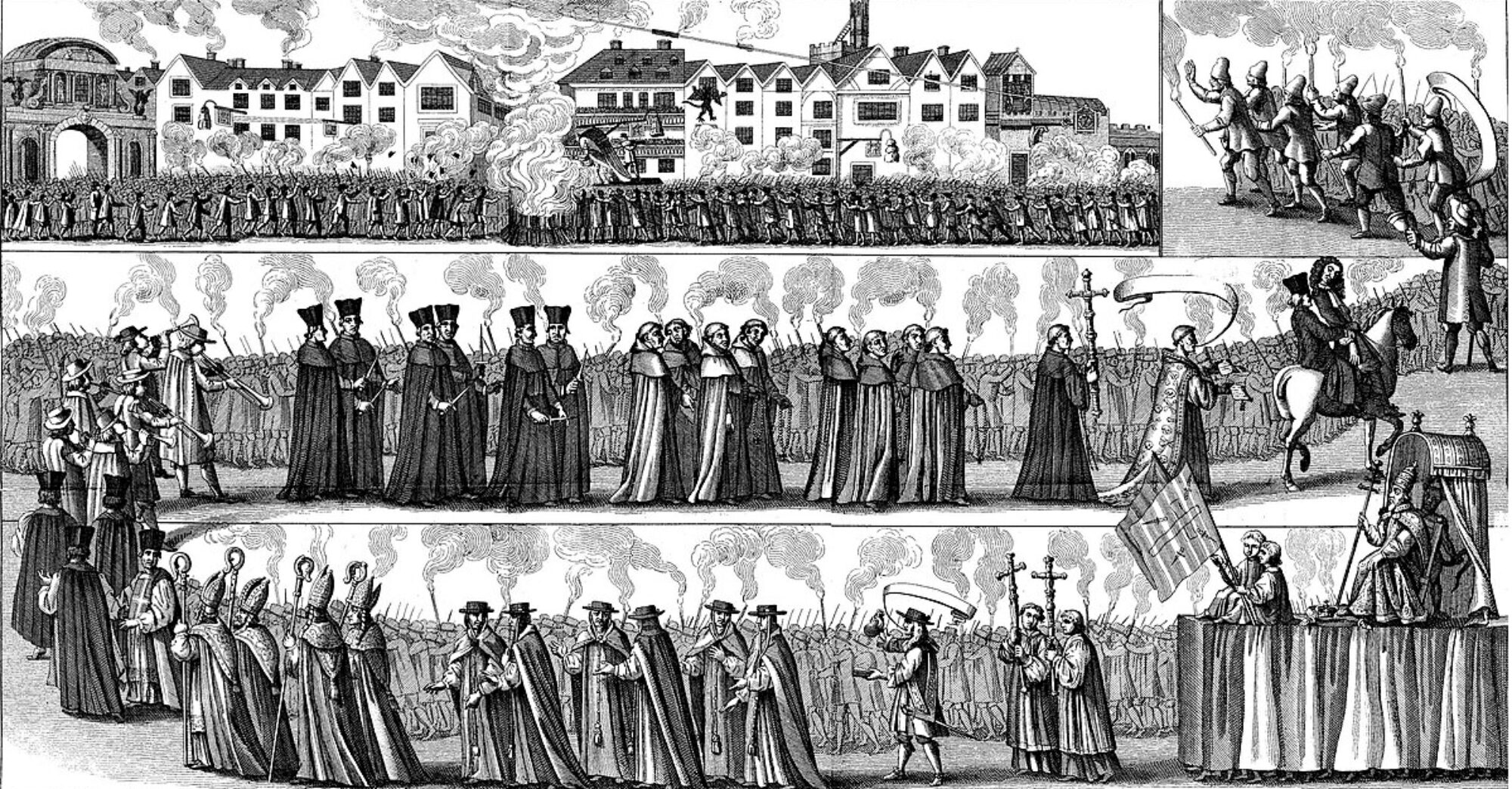Physics and Physicists points to an article: “The Einstein formula: E_0=mc^2 ‘Isn’t the Lord laughing?'” by L.B. Okun on confusion about Einstein’s famous mass and energy formula.
Abstract:The article traces the way Einstein formulated the relation between energy and mass in his work from 1905 to 1955. Einstein emphasized quite often that the mass $m$ of a body is equivalent to its rest energy $E_0$. At the same time he frequently resorted to the less clear-cut statement of equivalence of energy and mass. As a result, Einstein’s formula $E_0=mc^2$ still remains much less known than its popular form, $E=mc^2$, in which $E$ is the total energy equal to the sum of the rest energy and the kinetic energy of a freely moving body. One of the consequences of this is the widespread fallacy that the mass of a body increases when its velocity increases and even that this is an experimental fact. As wrote the playwright A N Ostrovsky “Something must exist for people, something so austere, so lofty, so sacrosanct that it would make profaning it unthinkable.”
Reminds me of a (apocryphal?) story my Physics 1 TA told me. He described how a friend of his, who was rather geekly looking, you known glasses with tape holding them together stuff, was walking down the street one day when a group of local yokels drove by. The group, spotting the weak geek sought immediately went into yokel mocking mode and so shouted at him “Hey geek! E equals MC squared!” The geek thought for a few seconds and yelled back “Only in the rest frame!”
